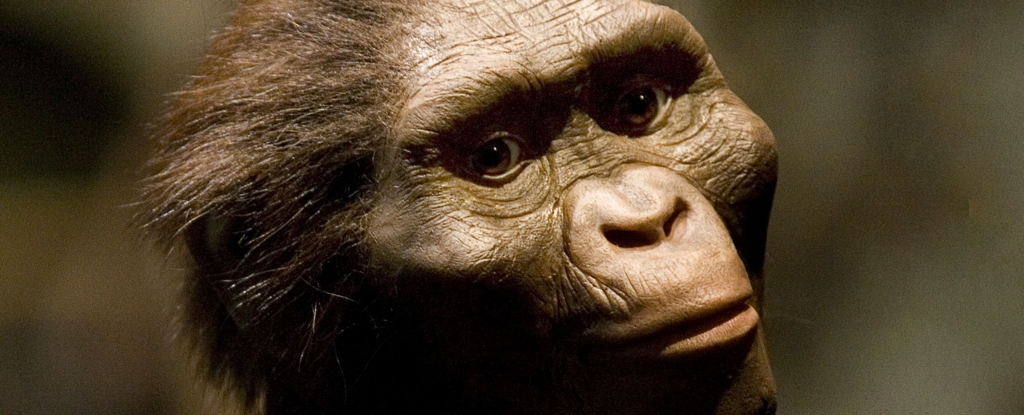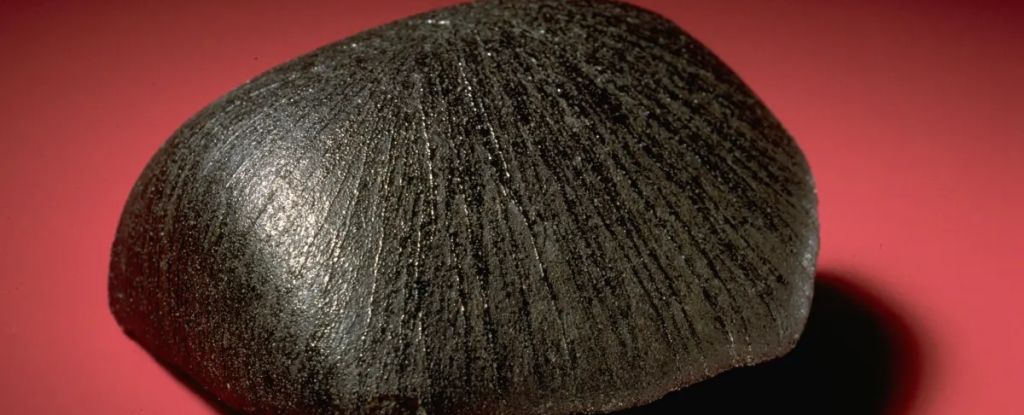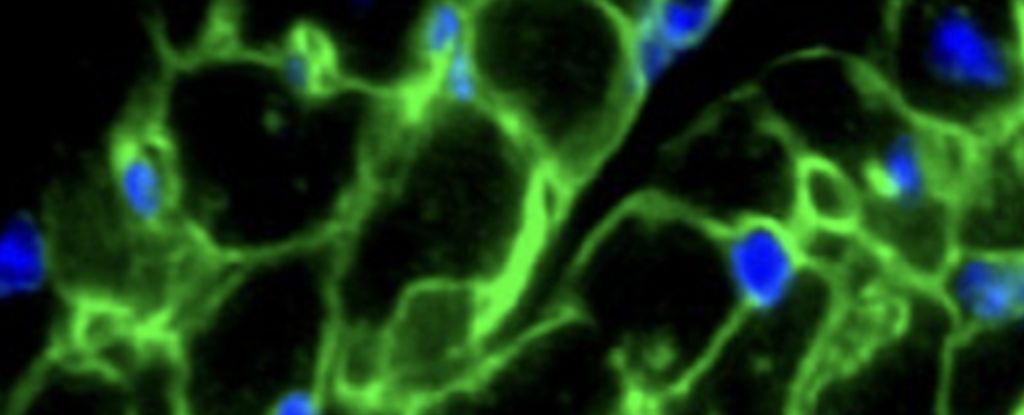ARTICLE AD
Physicists from MIT and Caltech have discovered a first: a black hole triple system, consisting of three bodies spinning around each other about 7,800 light-years from Earth.
Black hole binaries—two-body systems in which at least one is a black hole—are fairly commonplace in the universe. Often, the black hole is observed gobbling up an orbiting star as the latter gets too close to the gravitationally intense black hole. But the recent finding pushes the envelope, adding a new body into the equation, revealing a system with one black hole and two stars—a configuration never seen before. The team’s research describing the system and its newly discovered member was published today in Nature.
“We think most black holes form from violent explosions of stars, but this discovery helps call that into question,” said study author Kevin Burdge, a physicist at MIT and co-author of the study, in an institute release. “This system is super exciting for black hole evolution, and it also raises questions of whether there are more triples out there.”
The system in question is V404 Cygni, which contains a black hole of the same name about nine times the mass of the Sun. First confirmed to be a black hole in 1992, V404 Cygni has been extensively studied; in 2022, NASA turned light echoes from the black hole into sounds, allowing us to technically “hear” the black hole in action. Such black hole echoes are a great way for scientists to characterize the intense environments around black holes.
Black holes are regions of space with gravity so intense that light cannot escape them, rendering them pitch black. They’re generally thought to form in supernovae, the brilliant deaths of stars, whose remnants collapse into black holes.
Until now, V404 Cygni was thought to belong to a binary system, consisting of the black hole and a nearby orbiting star, slowly losing its material to the gravitational force of the black hole. But according to the team’s new findings, there is another star in the picture—much farther from the black hole, but part of the same system nevertheless.
By the team’s measure, the inner star orbits the black hole in a little less than a week. In contrast, the outer star orbits the body every 70,000 years. That’s a lot of weeks—3.64 million, to be exact. The outer star is about 3,500 astronomical units (AU) from the black hole, with an astronomical unit being the measure of the average distance between the Earth and Sun. According to an MIT release, that distance is also equivalent to 100 times the distance between Pluto and the Sun. In other words, V404 Cygni is a triple system, but a disparate one.
But there’s more to this than the mere novelty of three bodies in orbit. The recent team concluded that an ordinary supernova doesn’t explain V404 Cygni—such a rollicking explosion would’ve pushed everything in its vicinity outwards, essentially evicting the outer star in the triple system. But if not by a supernova, how was the black hole born?
“The vast majority of simulations show that the easiest way to make this triple work is through direct collapse,” Burdge said in the release. Direct collapse is when a star collapses without the fanfare of a brilliant stellar explosion—no energy is emitted into space as the star breaks down into a gravitational behemoth.
Based on the age of that most distant star, the team was also able to estimate the age of the entire triple system: about four billion years old. For reference, that’s a little younger than our own spit of rock in the universe (4.6 billion years old), and (perhaps obviously) much younger than the universe itself, which clocks in at about 13.77 billion years old.
Of course, this real-life trio is different from the three-body problem described in the bestselling novel of the same name by Cilin Xiu. In the book (spoilers ahead), the three-bodies at play were a trio of stars in an impossible-to-predict orbit of one another. This unpredictable motion made life nigh-impossible for the extraterrestrial denizens of a planet caught between the three stars, forcing them to consider their options beyond their world. (Spoilers have now concluded.) The real-life three-body system described by the team is more serene than that in the book, but it is also more extreme—one of the bodies is a black hole.

 4 weeks ago
20
4 weeks ago
20 

